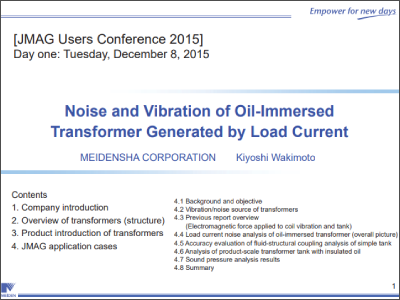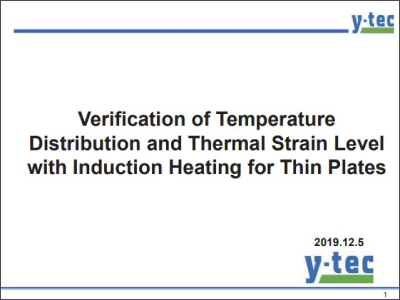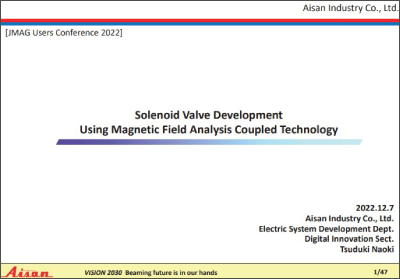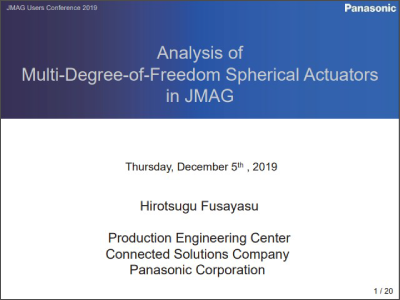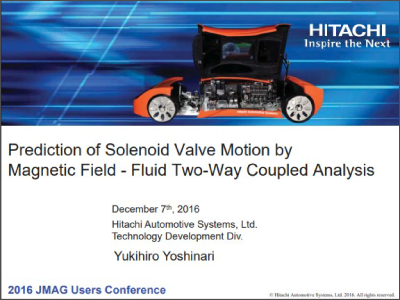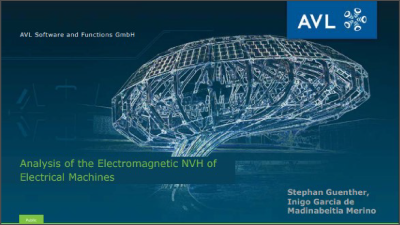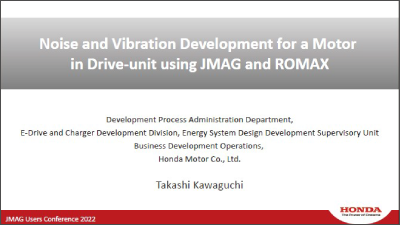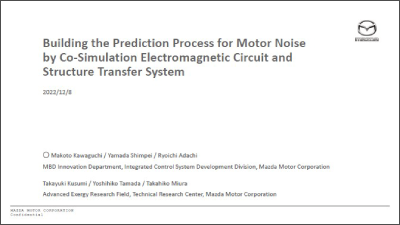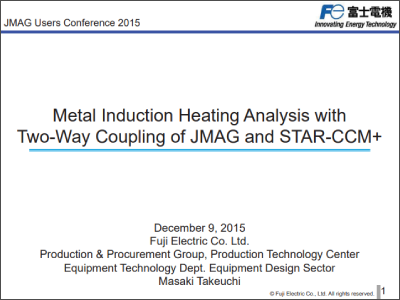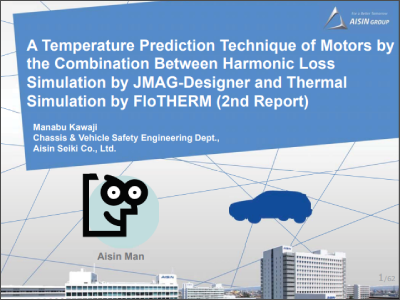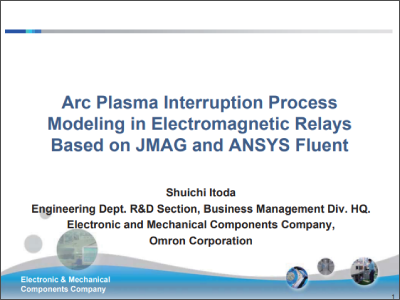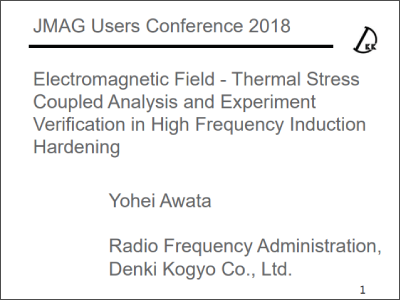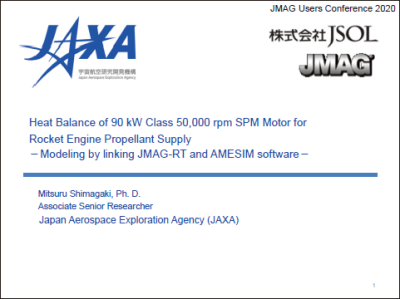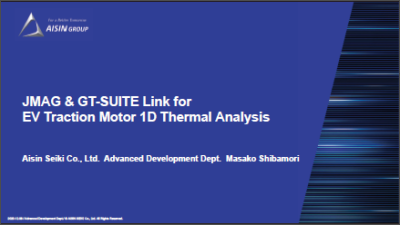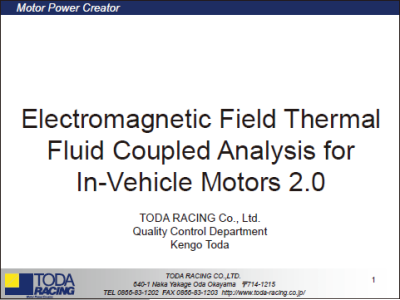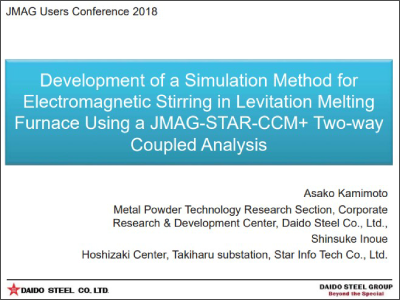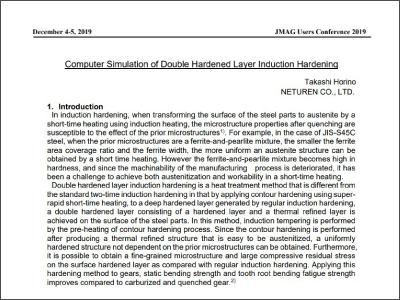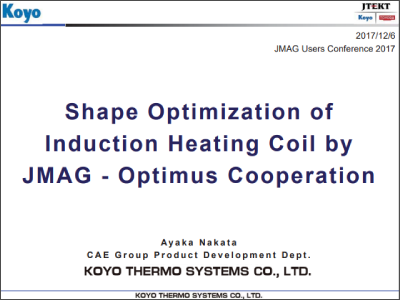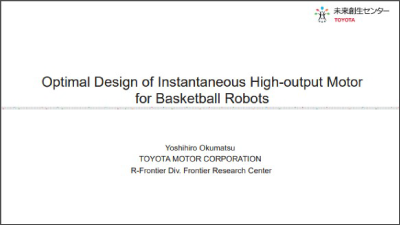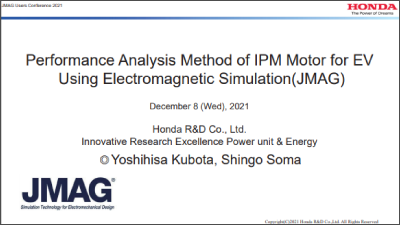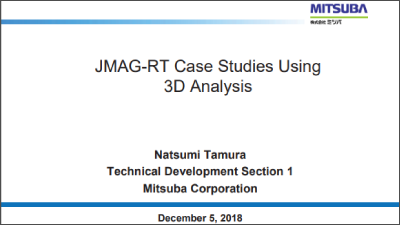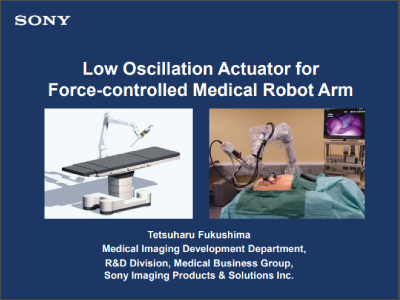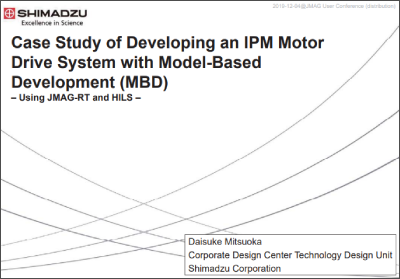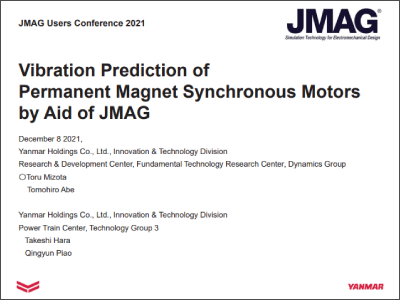In recent years, the sophistication of electrical equipment design is required. As known there is a limit to the design of magnetic circuits alone, therefore multifaceted evaluations such as structure, vibration, heat, and control are required at the same time.
It is more efficient to perform coupled analysis by linking different software where they have their own strength in the respective physical phenomenon rather than to adhere to one CAE software.
Challenges and solutions for coupled analysis
It is not easy to build a coupled analysis mechanism because it is necessary to know the details and interfaces of both CAE software that are linked.
Therefore, we have no choice but to rely on IT engineers who are familiar with using CAE software, but IT engineers may not always be able to easily obtain the necessary interface information.
Concerns remain about analysis accuracy, such as the accumulation of errors due to the exchange of physical quantities between different models and meshes.
Solutions based on JMAG for coupled analysis
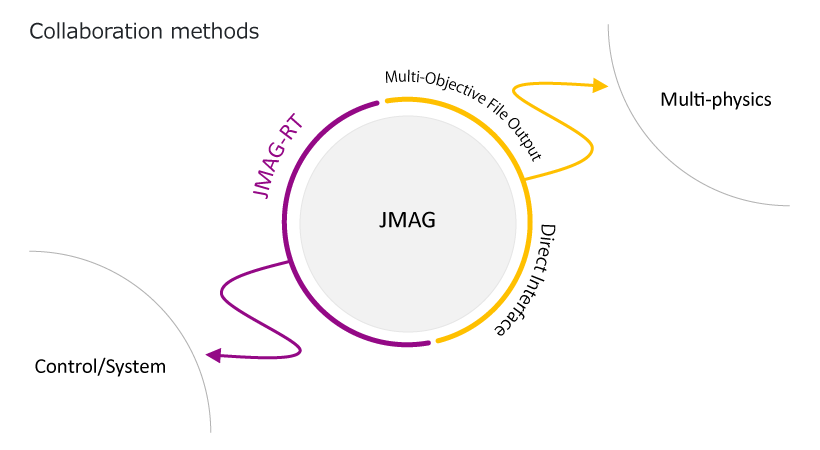
What is Multi-Purpose File Export Tool?
- Coupling method via commonly-used files as proposed by JMAG
- It is easy to arrange the coupling setup since commonly-used and intuitive files, such as CSV and structural analysis files, are used.
- Mapping of physical quantities and changing analysis type
- Various types of conversions vital for coupling, such as mappings between different meshes and changing from the time axis to the frequency axis, can all be carried out in the Multi-Purpose File Export Tool.
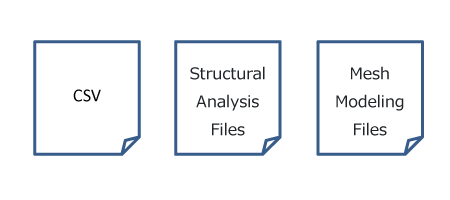
Characteristics of Multi-Purpose File Import/Export Tool
| Export function | Descriptions |
|---|---|
| Major physical quantities | Electromagnetic force, Loss, Magnetic flux density, Displacement (Displacement) |
| Filtering function | Changing analysis type (such as frequency analysis results→transient analysis results) |
| Mapping function |
|
| Preview function | For checking mesh models and results after mapping |
| Import function | Descriptions |
|---|---|
| Major physical quantities | Heat transfer coefficient, stress, temperature distribution, displacement (deformation) |
| Import distributions | Read CSV files that contain information on coordinate values and physical quantities at those coordinates. |
| Mapping function | Automatically/manually determines the distance when searching for coordinates. |
| Preview function | Preview of output items in advance |
Cases considered in the coupled analysis
1.One-way coupled analysis
- Coupled analysis performed by JMAG users alone
- From JMAG to other CAE software
- From other CAE software to JMAG
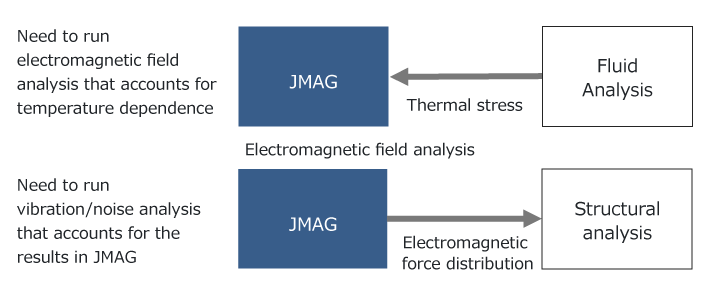
2.Coupled with various CAE softwares
- Two-way coupled analysis built by an IT engineer in charge of MBD
- Can be freely coupled with multiple CAE software, including In-house system
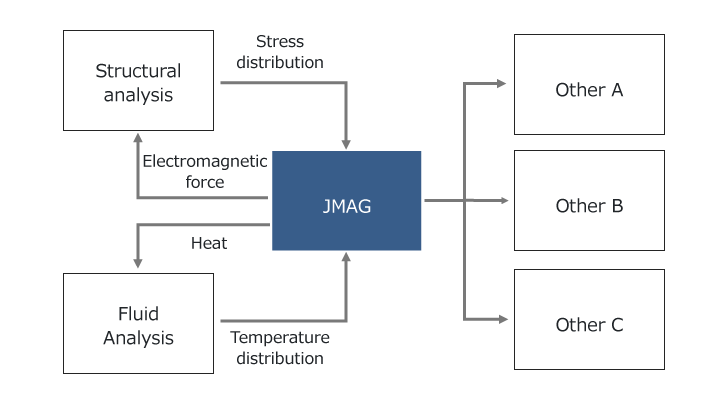
Apply for JMAG open interface program
Implementing
Case studies by users working with JMAG.
* updated every Wednesday

Cooperation analysis of optimization and quality engineering by modeFRONTIER and JMAG New
The Taguchi method of quality engineering was applied to a linear solenoid using modeFRONTIER’s optimization design and JMAG’s magnetic field analysis. JMAG was run by a macro.
Currently provided data
You can use the sample data after registering as a member.
Structural/vibration analysis
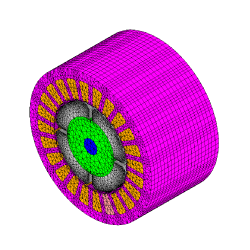
SPM Motor Electromagnetic Force Distribution (Stator Electromagnetic Vectors)
This sample data is the motor’s electromagnetic force distribution of frequency domains. The electromagnetic force distribution of the time history calculated in JMAG is converted and output to frequency domains. It can be used to simulate vibration in frequency analysis using the motor’s electromagnetic force as the excitation force. The output file contains the mesh information, step information, and result data (physical quantities).
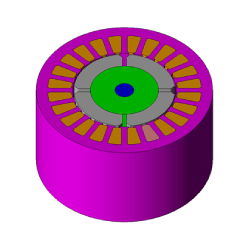
Electromagnetic Force Distribution of SPM Motors (Electromagnetic Force for Each Tooth)
This sample data is an output of the motor electromagnetic force obtained in JMAG for each tooth according to the rotation angle region, time domain, and frequency region settings. It can be used for vibration analysis using the motor’s electromagnetic force as the excitation force. The output file contains the result data (physical quantities).
Thermal analysis
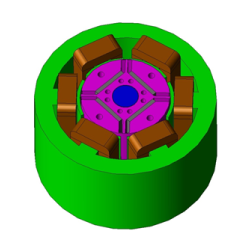
Loss Density Distribution of IPM Motors
This sample data is an output of the motor loss distribution obtained in JMAG. It can be used for temperature analysis using the losses generated in the motor as the heat source. The output file contains the mesh information, step information, and result data (physical quantities).
Apply
This is an interface for developing integrated programs. Do not apply for any other purpose.
STEP1: Apply for JMAG open interface program.
STEP2: Agree to the terms and conditions.
STEP3: You will receive your ID/PW for the dedicated page once your application has been confirmed.
Please check for other company tools that are already integrated.
To use this interface, you must agree to the Terms of Use for JMAG interface information of use.


